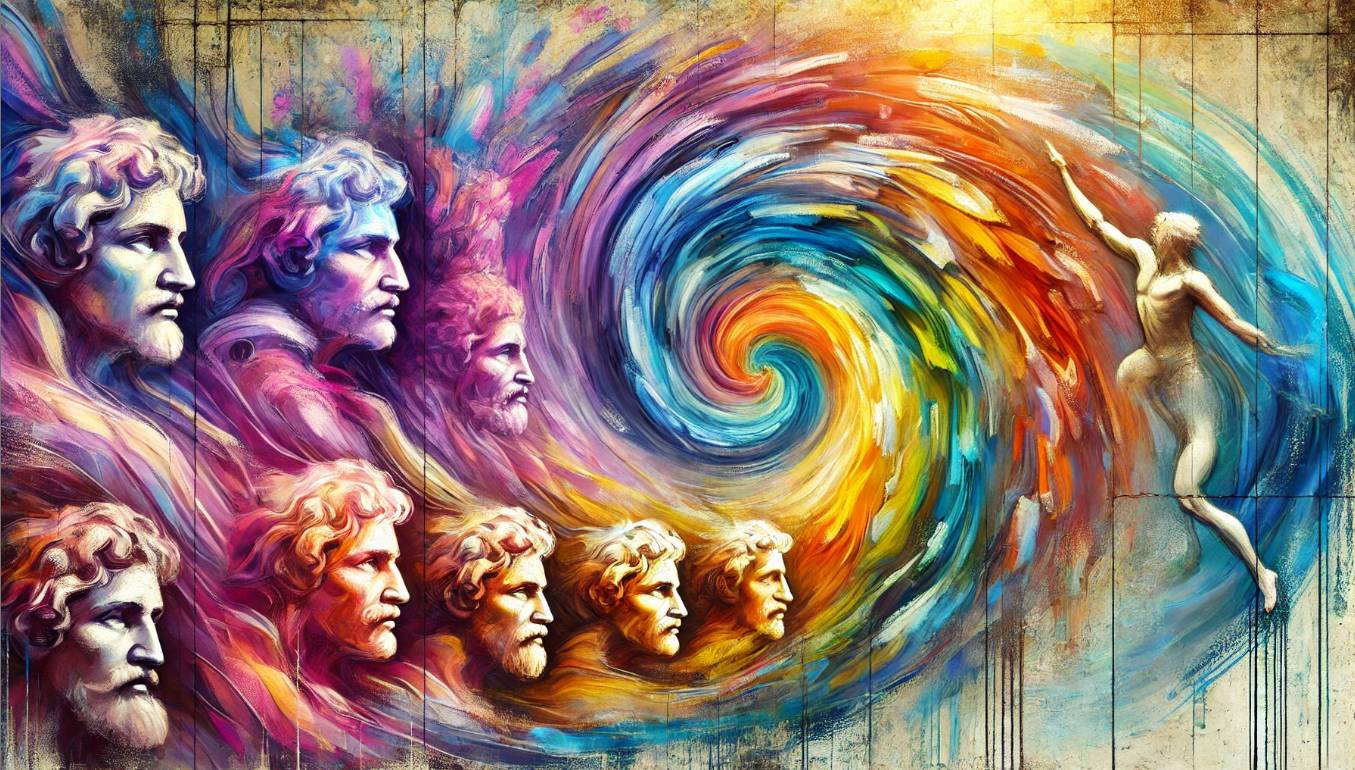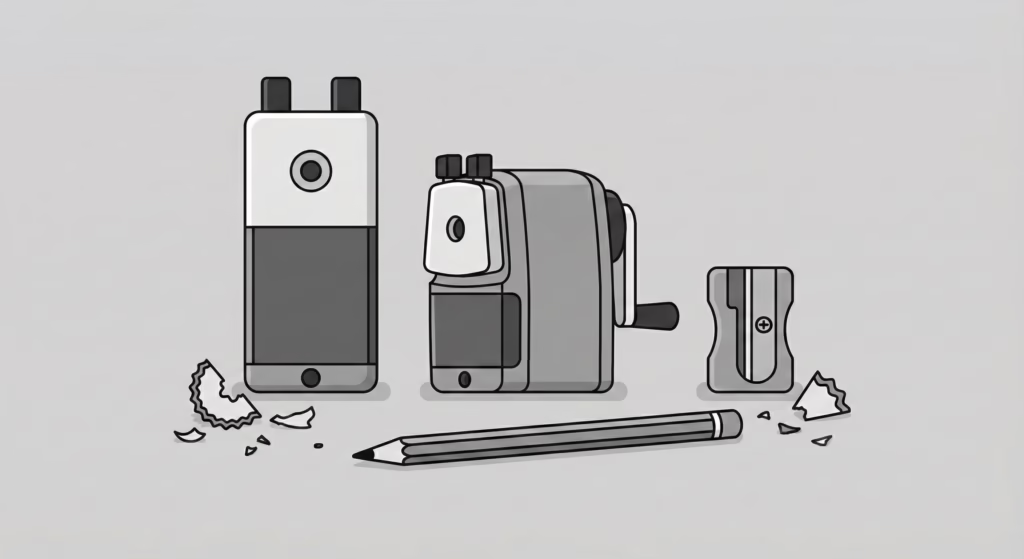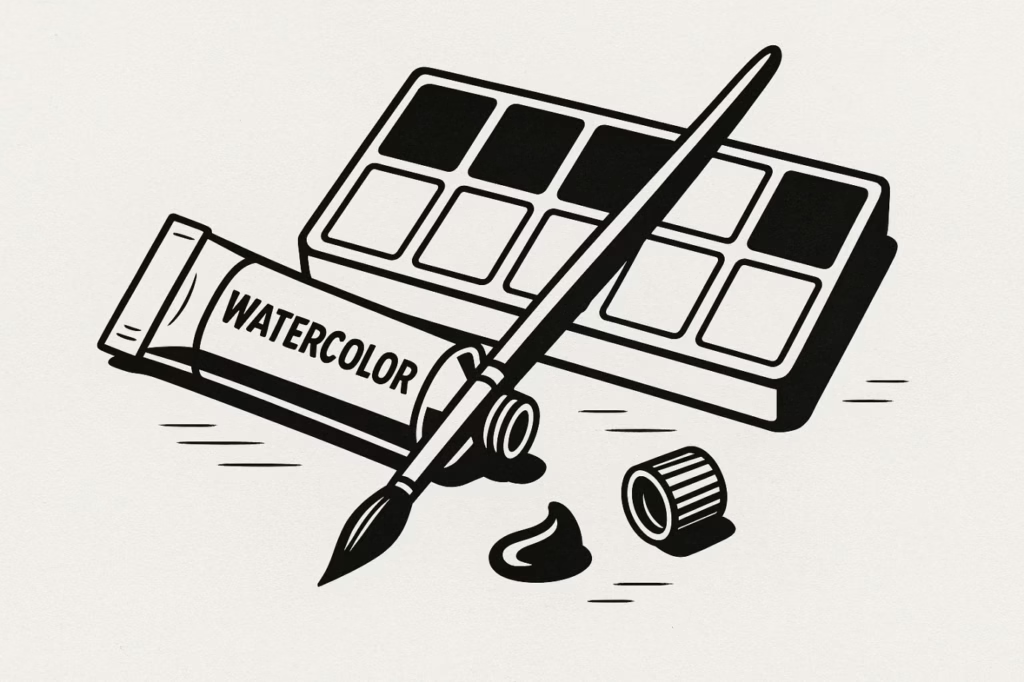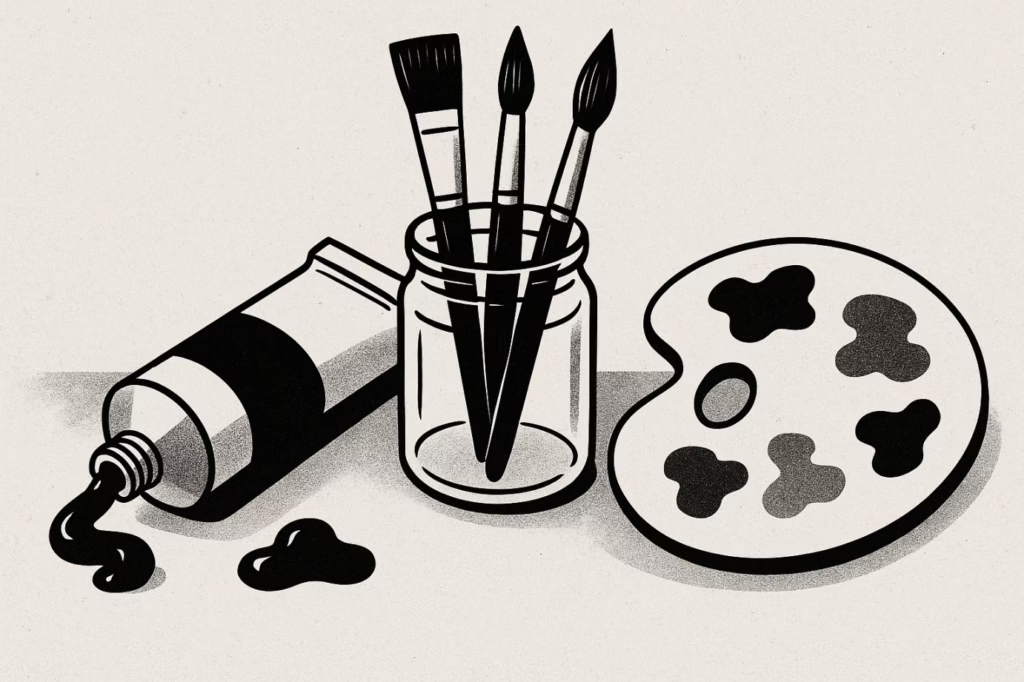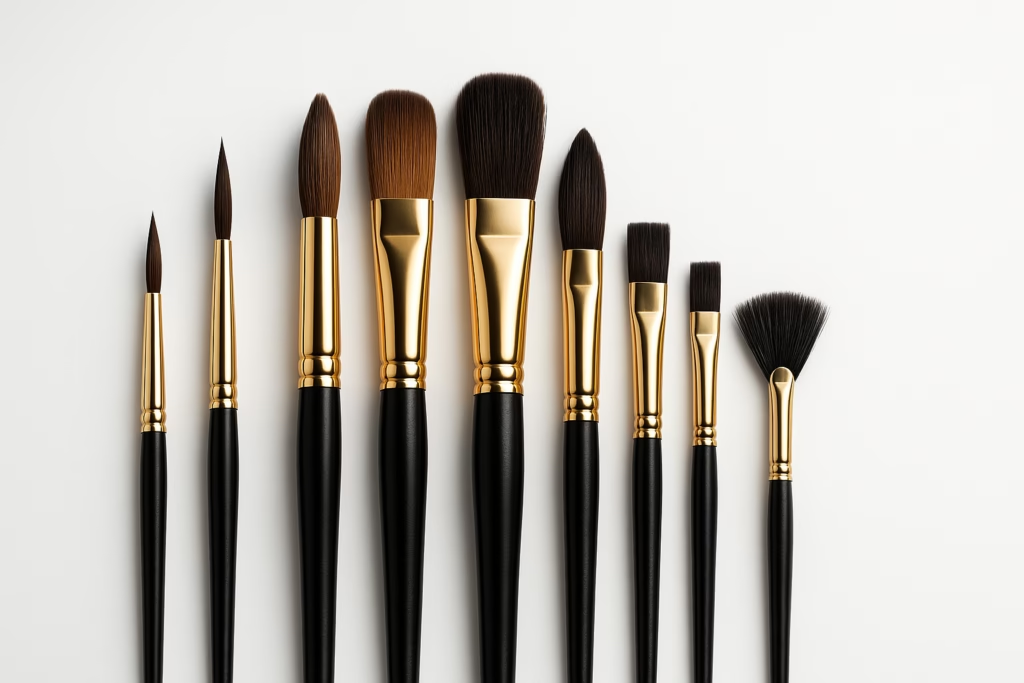Pastel art history has captivated artists and audiences alike with its rich colors and delicate textures. This versatile medium has inspired countless artists throughout history, leading to some of the most stunning and emotionally resonant works ever created. Whether you’re an art enthusiast, history lover, or aspiring artist, understanding the evolution and influence of pastel art provides a deeper appreciation of its beauty and expressive power.
This guide explores the history of pastel art, from its early beginnings during the Renaissance to its transformation by renowned artists. We’ll also examine the impact of pastel masters, techniques that define the medium, and its continuing legacy in contemporary art.
The Origins of Pastel Art
Pastel art traces its roots back to the Renaissance when artists began experimenting with powdered pigments bound with gum to achieve vibrant colors and subtle shading. Originally used as a sketching tool, pastels soon gained recognition for their ability to capture lifelike details and atmospheric depth.
During this period, artists realized the medium’s potential for blending, layering, and achieving softness in their compositions. This laid the foundation for the rise of pastel as a respected artistic medium in the centuries to follow.
Pastel Art in the 18th Century: The Rise of Portraiture
The 18th century marked a turning point for pastels as artists embraced the medium for portraiture and detailed compositions. The ability to create smooth transitions in skin tones and light reflections made pastels an ideal choice for depicting human expression.
Rosalba Carriera: Elevating Pastel to High Art

One of the first pioneers of pastel painting, Rosalba Carriera, revolutionized the medium by using it for full-scale portraiture. Her soft, luminous portraits captured the aristocracy of her time with stunning accuracy, establishing pastels as a sophisticated and desirable medium. Carriera’s work demonstrated how pastels could rival oil painting in realism and elegance.
Maurice-Quentin de La Tour: Master of Technique
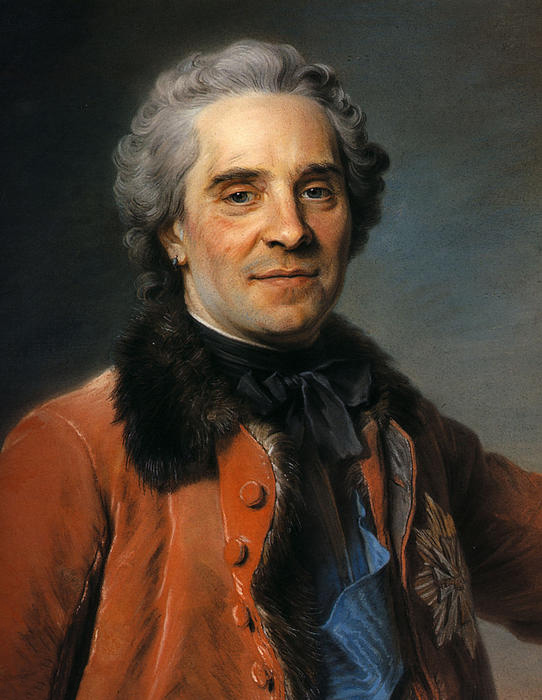
Another key figure, Maurice-Quentin de La Tour, pushed the boundaries of pastels with his innovative blending techniques. By layering colors and refining textures, he created portraits that exuded warmth and depth, elevating the art of pastels to new heights. His ability to convey subtle nuances in expression set a new standard for pastel portraiture.
19th Century Pastel Art: The Impressionists’ Influence
The 19th century saw pastels re-emerge as a preferred medium among the Impressionists, who valued its ability to capture movement, light, and atmosphere. This era saw pastel art shift from precise realism to expressive, spontaneous compositions.
Edgar Degas: Innovating with Movement and Texture

Among the most influential pastel artists, Edgar Degas used pastels to experiment with dynamic compositions and layered textures. His iconic ballet dancer series showcases how pastels could capture fluid motion and delicate lighting effects. Degas’ techniques, such as building layers of color and using strong contrasts, helped redefine pastels as a modern art form.
Mary Cassatt: Exploring Light and Emotion

A key female Impressionist, Mary Cassatt, used pastels to craft intimate mother-and-child portraits. Her mastery of soft shading and expressive colors allowed her to convey deep emotions while maintaining a sense of elegance. Cassatt’s innovative use of pastels set her apart, demonstrating how the medium could capture tenderness and warmth with remarkable clarity.
20th Century Pastel Art: Expanding Creativity
As modernism took hold in the 20th century, pastels found new expressions in the works of Symbolist and Realist artists.
Odilon Redon: Pastels as a Tool for Symbolism
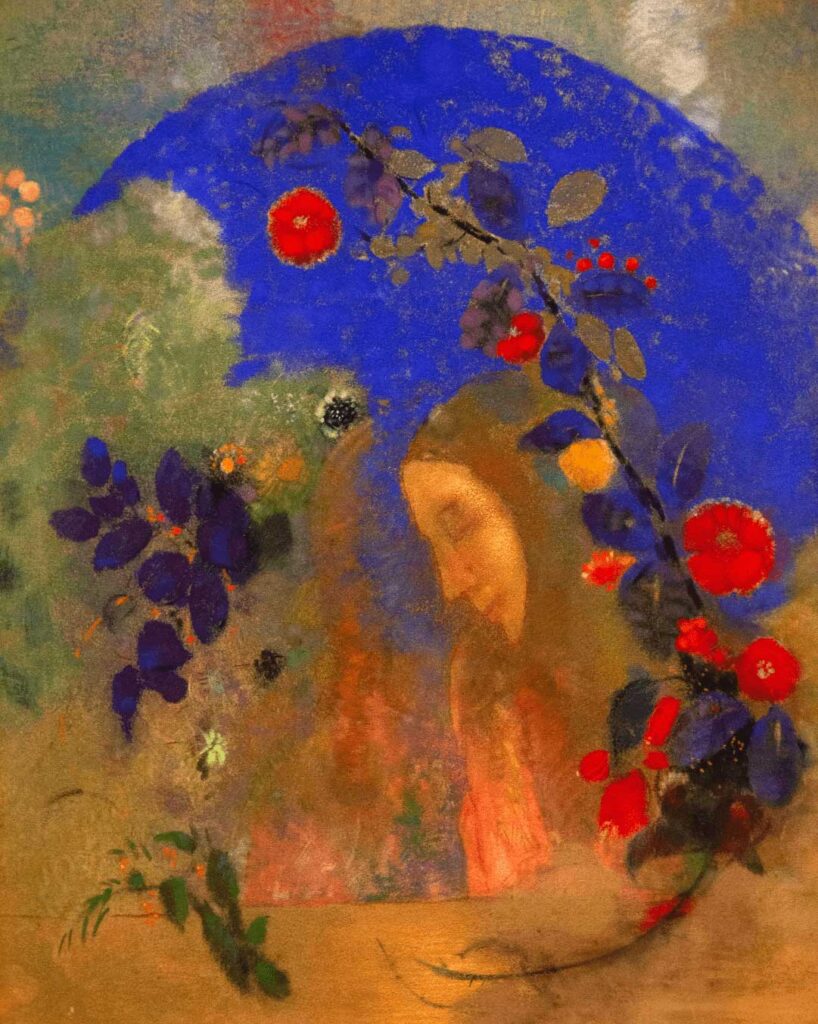
A visionary artist, Odilon Redon used pastels to create dreamlike, symbolic compositions. His works often featured ethereal imagery, rich colors, and soft gradients, showcasing the medium’s ability to evoke deep emotions and mystery.
Jean-François Millet: Pastels in Landscape and Realism

Renowned for his realistic depictions of peasant life, Jean-François Millet utilized pastels to create landscapes rich in light, texture, and atmosphere. His innovative approach allowed pastels to expand beyond portraiture, proving their effectiveness in capturing nature and everyday life.
Techniques That Define Pastel Art
Pastel art is characterized by a variety of techniques that enhance its depth, texture, and realism. Some of the most notable include:
Blending & Layering – Artists layer multiple colors to achieve smooth transitions and lifelike depth.
Scumbling – Lightly dragging pastels over a dry layer to create textured effects and highlights.
Mixed Media Approaches – Combining pastels with charcoal, ink, or watercolor for added complexity.
These methods have allowed pastels to remain a versatile and highly expressive medium for centuries.
The Enduring Legacy of Pastel Art
The influence of pastels continues to be seen in contemporary art, with artists using both traditional and digital pastels to explore new forms of expression.
Modern Artists Inspired by Pastels
Today, pastels remain a staple for artists looking to capture emotion, light, and atmosphere. Many contemporary artists fuse pastels with digital techniques, ensuring the medium remains relevant in the digital age.
Why Pastels Still Matter Today
Timeless Appeal – The rich pigments and delicate textures of pastels ensure their continued popularity.
Versatility – From classical realism to modern abstraction, pastels offer endless creative possibilities.
Ease of Use – Unlike oil paints, pastels require no drying time, making them perfect for quick yet impactful compositions.
Conclusion: Why Every Artist Should Explore Pastels
The journey of pastel art, from its Renaissance origins to its modern applications, showcases its versatility and expressive potential. By studying the techniques of past masters and experimenting with contemporary methods, artists can unlock new creative avenues.
For those eager to embrace the medium, pastels offer a world of possibilities—from portraiture to landscape, realism to abstraction. Whether you are a seasoned artist or a beginner, pastels invite you to explore their beauty, depth, and limitless creative potential.
Want to learn more? Check out our resources on pastel techniques, historical influences, and expert tips for mastering this timeless medium!

